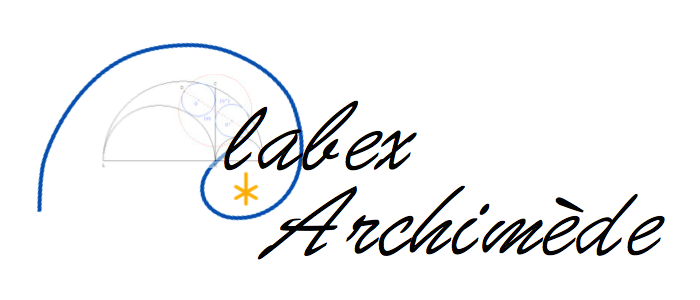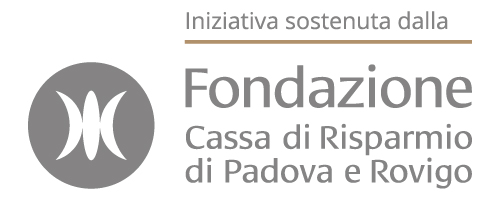
|
|
|
|
Conference aims Modeling crowds composed of a large number of interacting agents has been an extremely challenging problem for the mathematical community. This led to the development of several key mathematical theories, catching different aspects of crowds, ranging from mean-field limits for interacting particles, to hyperbolic systems for road traffic models, to dynamics on graphs and networks, to stochastic models, and to adapted numerical methods. Download the conference poster here!Invited speakers (final list) Yves Achdou (Université Paris-Diderot) Scientific committee Peter E. Caines (McGill University) Organizing committee Alessandro Giua (University of Cagliari)
|







